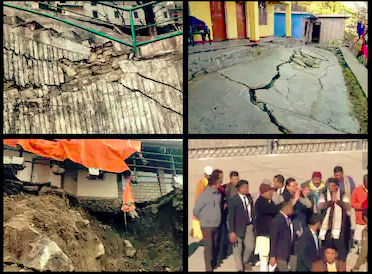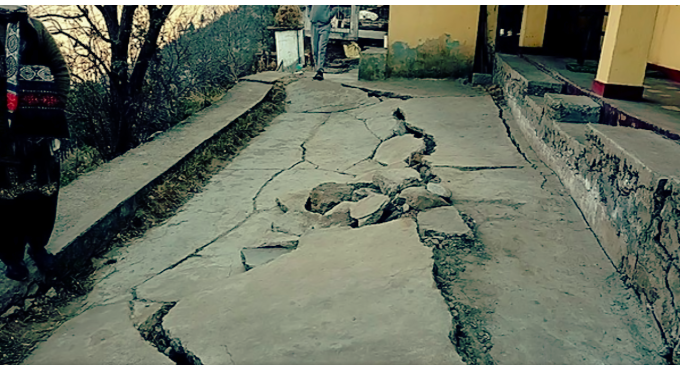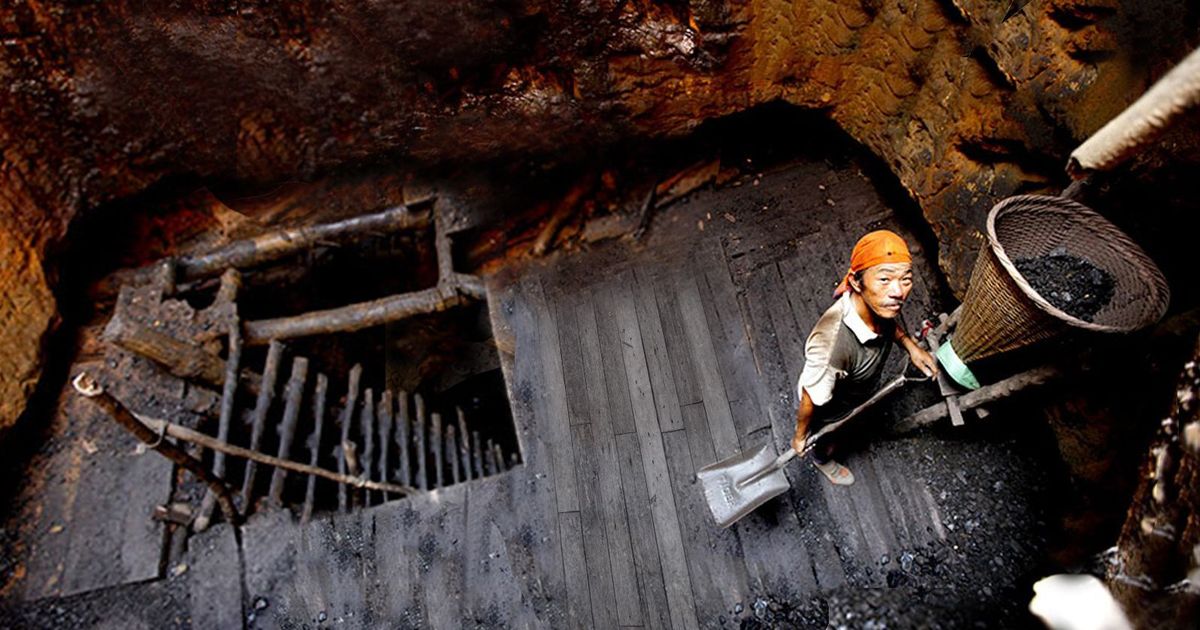Joshimath has been divided into three zones based on the magnitude of possible danger as the locals face extremities and danger to their life and property due to the land subsidence.
Amid the government’s effort to shift affected locals to safer places, the administration has divided the city ‘Danger’, ‘Buffer’, and ‘Completely safe’ zones, reported news agency ANI quoting an official.
R Meenakshi Sundaram, secretary to Uttarakhand chief minister Pushkar Singh Dhami, said that the administration is conducting a survey to assess the danger and buffer zones.
“The zone which is totally unsafe, that has to be evacuated immediately, that has been called a danger zone. A buffer zone is a zone which is presently safe but can be endangered in the future. And the third is the completely safe zone. A survey is underway for the danger and buffer zone,” added
“The buildings which are most damaged will be demolished under the monitoring of NIM and PWD. The administration is making preparations for it,” he said.

As many as 603 buildings in the sinking town have developed cracks so far, according to Chamoli District Disaster Management Authority, prompting the authorities to declare Joshimath landslide-subsidence zone.
Construction activities have already been banned in Joshimath and nearby areas and affected families are being moved to temorary relief centres.
The Supreme Court, meanwhile, has asked a petitioner, who has sought the court’s intervention to declare the crisis in Joshimath as a national disaster, to mention his plea Tuesday for urgent listing.
The petitioner, Swami Avimukteshwaranand Saraswati, has contended that the incident has occurred due to large-scale industrialisation and sought immediate financial assistance and compensation to the people of Uttarakhand.









